All About Devil’s Tongue Pepper: Hot and Flavorful!
Dive into the exciting world of the Devil’s Tongue pepper, a hot chili pepper known for its awesome mix of fiery heat and fruity-sweet taste. This spicy and versatile pepper is a favorite among chili lovers and fans of spicy foods. In this all-in-one guide, we’ll cover everything about the Devil’s Tongue pepper, from its heat level and flavor to how it’s used in cooking, as well as tips on growing.
What is the Devil’s Tongue pepper?
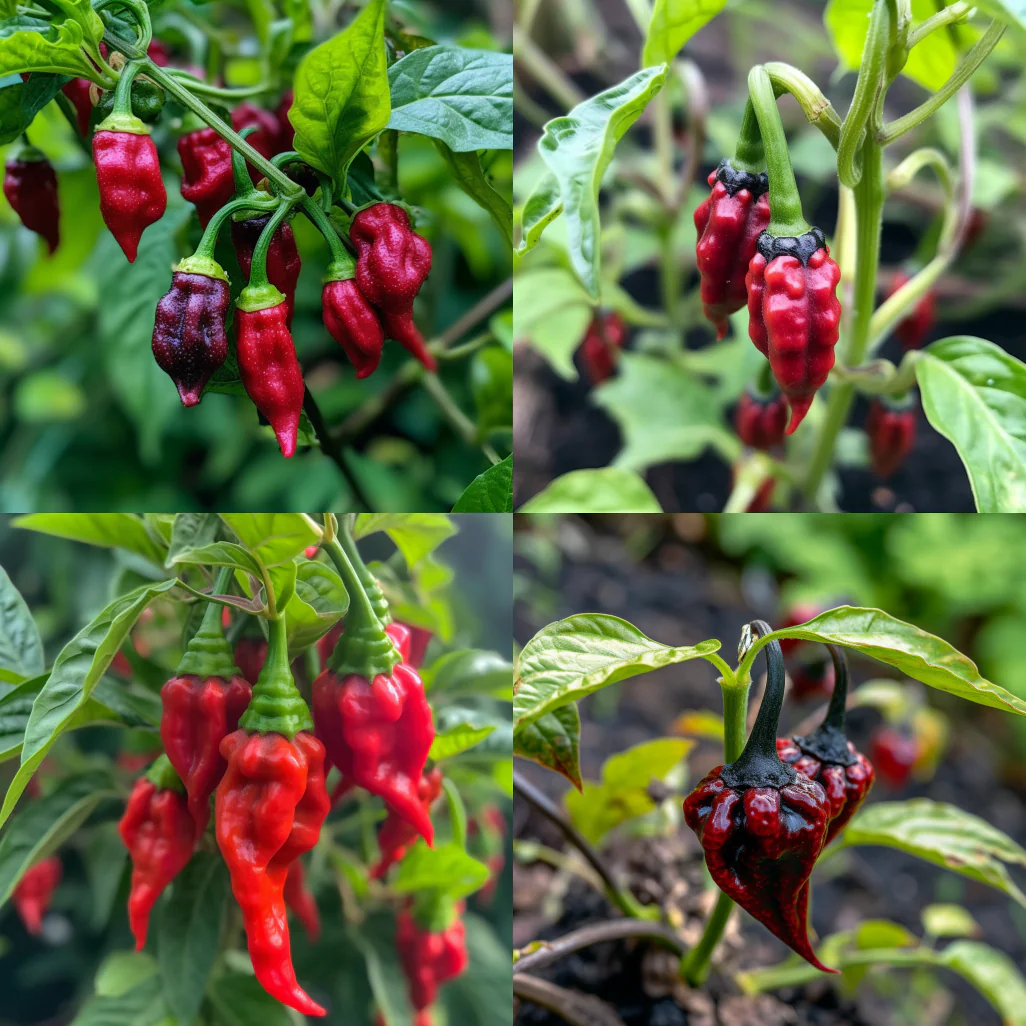
The Devil’s Tongue is a chili pepper known for its fiery heat and unique flavor. It is a member of the Capsicum chinense species, including other hot peppers like the Habanero and the Carolina Reaper.
The Devil’s Tongue pepper is wrinkled and elongated and can be yellow, red, or chocolate when fully ripe. It is named after its characteristic shape, which some believe resembles a devil’s tongue.
The heat level of the Devil’s Tongue pepper is quite significant, with Scoville Heat Units (SHU) typically ranging from 125,000 to 325,000. This places it in the same league as Habanero peppers, which have a similar heat level. The pepper has a fruity flavor profile with hints of citrus, making it a popular choice for hot sauces, salsas, and other spicy dishes.
How hot is a devil’s tongue pepper?
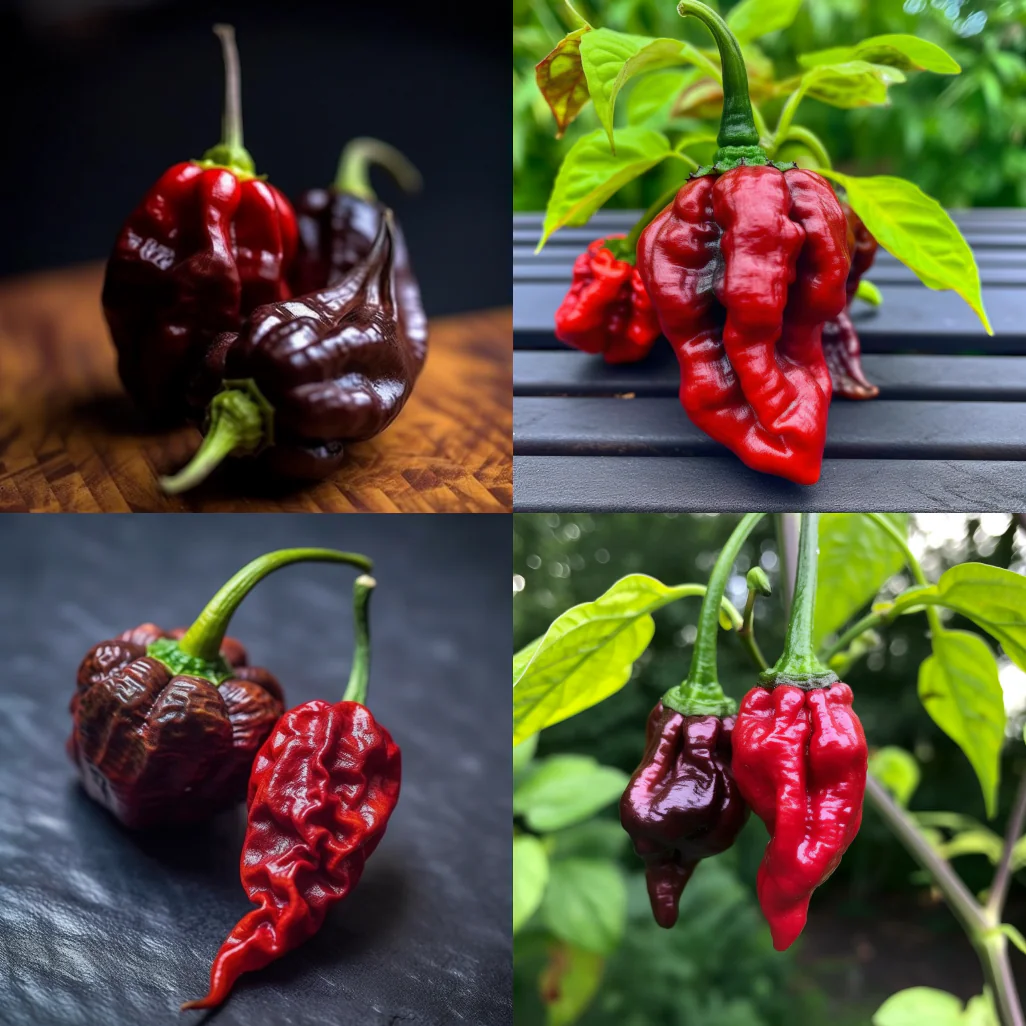
The Devil’s Tongue is a hot chili pepper with a Scoville Heat Unit (SHU) rating ranging from around 125,000 to 350,000 SHU, making it significantly hotter than many other common chili peppers. In comparison, the heat rating of a jalapeño pepper is much milder, ranging from 2,500 to 8,000 SHU.
While the Devil’s Tongue pepper is quite hot, it is not as extreme as other peppers known for its high heat levels. For example, the Ghost pepper (Bhut Jolokia) has a SHU rating of around 855,000 to 1,041,427 SHU, and the Carolina Reaper, which holds the title of the world’s hottest pepper, has a SHU rating that averages around 1,641,183 SHU, with some individual peppers reaching over 2 million SHU.
Although not the spiciest pepper, the Devil’s Tongue pepper is still potent and should be handled and consumed carefully. The heat from this pepper can cause discomfort or even pain if consumed in large quantities or if it comes into contact with sensitive areas like the eyes or open wounds. It is recommended to wear gloves while handling these peppers and to thoroughly wash hands and any surfaces that come into contact with them.
The Devil’s Tongue pepper’s intense heat is accompanied by a fruity, slightly sweet flavor profile, making it a popular choice for those looking to add a fiery kick to hot sauces, salsas, and various spicy dishes. The unique combination of heat and flavor has earned the Devil’s Tongue pepper a dedicated following among chili enthusiasts and those who appreciate spicy foods.
What does devils tongue taste like?
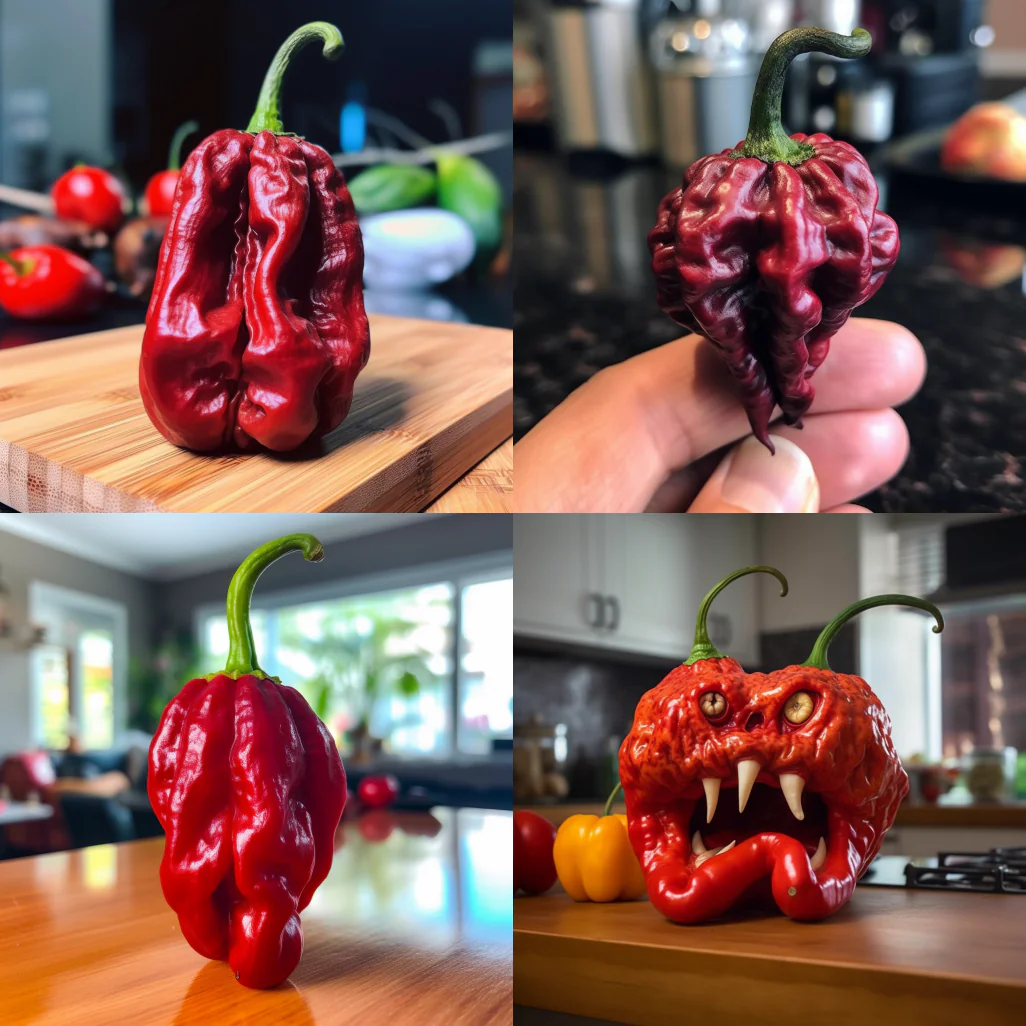
The Devil’s Tongue pepper boasts a fruity and slightly sweet flavor profile, with a taste often compared to a combination of apricot, peach, and tropical fruit notes. This unique flavor is accompanied by intense heat, which ranges from around 125,000 to 350,000 Scoville Heat Units (SHU). Despite the high heat level, the distinct taste of the Devil’s Tongue pepper still shines through in various dishes.
Its flavorful heat makes it a popular choice for hot sauces, salsas, and other spicy recipes, adding depth and complexity to the overall taste. When cooking Devil’s Tongue peppers, it’s important to remember that the heat can vary depending on the individual pepper and preparation method.
What is the devil’s tongue pepper used for?
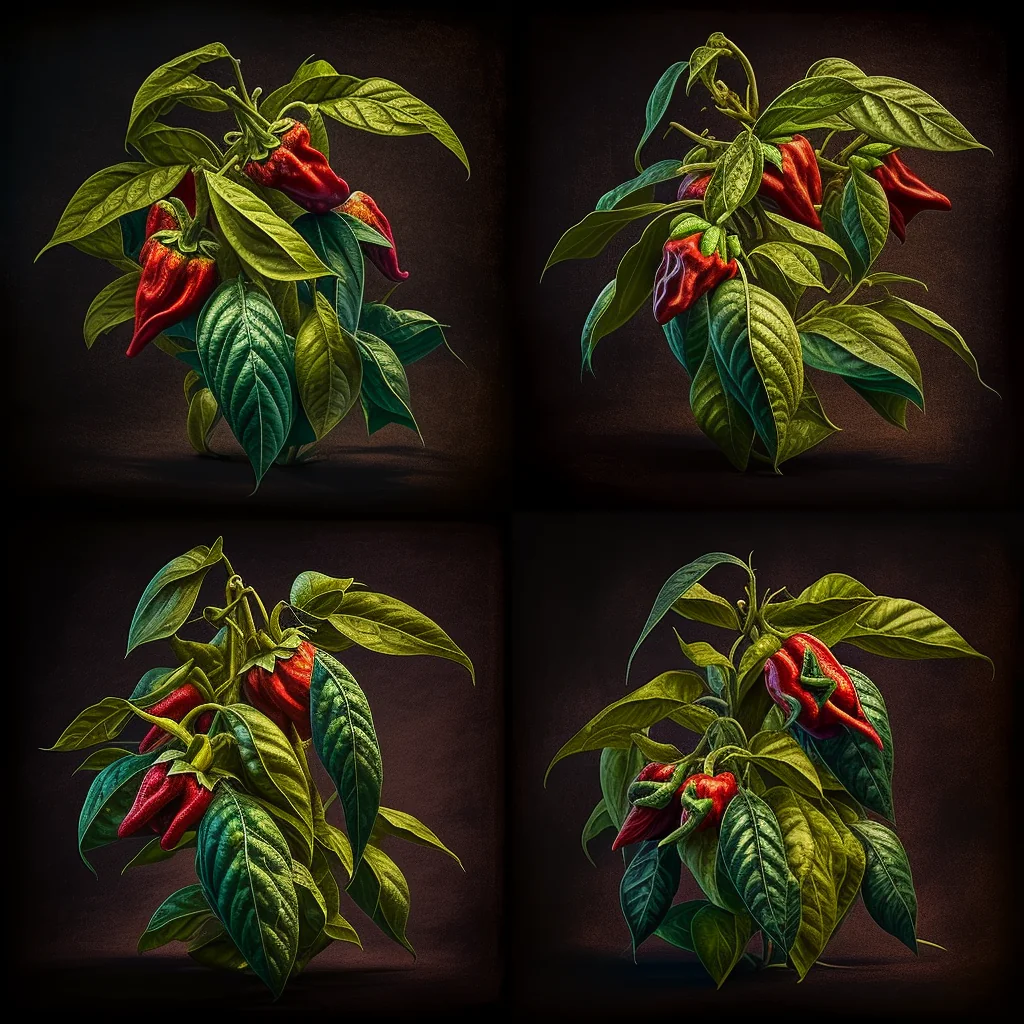
The Devil’s Tongue pepper is primarily used for its unique combination of heat and fruity-sweet flavor in various culinary applications. Some common uses for the Devil’s Tongue pepper include:
- Hot sauces: The pepper’s intense heat and fruity flavor make it an ideal ingredient for hot sauces, adding spice and depth to the sauce.
- Salsas: The pepper can be incorporated into fresh or cooked salsas to provide a kick of heat and a distinct fruity note.
- Marinades: The Devil’s Tongue pepper can be used in marinades for meats, poultry, or fish, infusing them with its signature heat and flavor.
- Spice rubs: The pepper can be dried and ground into a powder, then mixed with other spices to create a flavorful rub for meats or vegetables.
- Pickling: Pickling Devil’s Tongue peppers can help preserve them while adding a spicy, tangy element to various dishes.
- Stews and soups: The pepper can be added to stews, soups, or chilis to provide an extra layer of heat and flavor.
- Curries: The Devil’s Tongue pepper can be incorporated into curry dishes in fresh form or as a ground powder, adding fruity heat to the dish.
- Condiments: The pepper can create spicy jams, jellies, or chutneys, serving as accompaniments to meats, cheeses, or crackers.
Devil’s tongue pepper scoville?
The Devil’s Tongue Pepper has a Scoville Heat Unit (SHU) rating ranging from around 125,000 to 350,000 SHU. This places it significantly higher on the Scoville scale than milder peppers like jalapeños (2,500 to 8,000 SHU) but not as hot as some of the world’s hottest peppers like the Carolina Reaper or the Ghost pepper, which have even higher SHU ratings.
How big do devils tongue pepper plants get?
Devil’s Tongue pepper plants typically grow to a height of 2 to 4 feet (60 to 120 cm) and have a similar spread. They are bushy plants with dark green leaves and produce an abundance of bright yellow, wrinkled, elongated pods when they reach maturity.
These pepper plants require a warm, sunny environment and well-draining soil to achieve optimal growth. It’s essential to give the plants enough space to grow, so they should be planted at least 18 to 24 inches (45 to 60 cm) apart to ensure proper air circulation and prevent overcrowding.
How often does Devil’s Tongue bloom?
Like most other pepper plants, Devil’s Tongue pepper plants bloom annually during their growing season, typically from late spring to early fall. Once the pepper plant reaches maturity and the weather conditions are optimal, it will start producing small white or light-yellow flowers. These blooms will eventually be pollinated and develop into pepper pods, ripening over time.
The blooming period for the Devil’s Tongue pepper plant can last for several weeks to a few months, depending on the specific growing conditions, climate, and overall health of the plant. During this time, the plant may continuously produce flowers and peppers, allowing for multiple harvests throughout the season.
To encourage blooming and fruit production, it’s essential to provide the Devil’s Tongue pepper plant with the proper growing conditions, such as well-draining soil, consistent watering, and adequate sunlight. Additionally, using a balanced fertilizer can help promote overall plant health and increase the likelihood of a successful bloom and harvest.
How long does it take for Devil’s tongue to grow?
Growing Devil’s Tongue pepper plants from seeds to harvest typically takes around 120 to 150 days, depending on the specific growing conditions and climate. Here’s a general timeline for growing these peppers:
| Growing Stage | Duration | Description |
|---|---|---|
| Seed germination | 7 to 21 days | Seeds germinate depending on temperature, moisture, and seed quality. Ideal temperature: 75-85°F (24-29°C). |
| Indoor seedling growth | 6 to 8 weeks | Seedlings are grown indoors to develop a strong root system and several sets of true leaves before transplanting. |
| Transplanting outdoors | Late spring or early summer | Seedlings are transplanted outdoors after the risk of frost has passed and nighttime temperatures are above 50°F (10°C). |
| Maturing and blooming | 70 to 90 days | Pepper plants continue to grow and develop after transplanting, eventually producing flowers and setting fruit. |
| Ripening and harvest | 2 to 4 weeks | Pepper pods take several weeks to fully ripen, depending on factors such as temperature, sunlight, and plant health. |
How often do you water devil’s tongue?
Like most pepper varieties, Devil’s Tongue pepper plants prefer consistently moist but not waterlogged soil. It’s essential to strike a balance between overwatering and underwatering.
Generally, you should water your Devil’s Tongue pepper plants every 2 to 3 days during hot, dry weather or when the top 1-2 inches (2.5-5 cm) of soil feels dry.
Devil’s Tongue pepper vs Carolina Reaper
| Feature | Devil’s Tongue Pepper | Carolina Reaper |
|---|---|---|
| Scoville Heat Units (SHU) | 125,000 – 350,000 | 1,641,183 on average, can reach over 2 million |
| Heat Level | Hot, but not as extreme as Carolina Reaper | Currently the world’s hottest pepper |
| Flavor | Fruity, slightly sweet, tropical fruit | Sweet, fruity with hints of cinnamon and chocolate |
| Appearance | Wrinkled, elongated pods, bright yellow | Wrinkled, pod-shaped, bright red with a pointed tail |
| Common Uses | Hot sauces, salsas, marinades, stews | Hot sauces, salsas, marinades, extreme heat challenges |

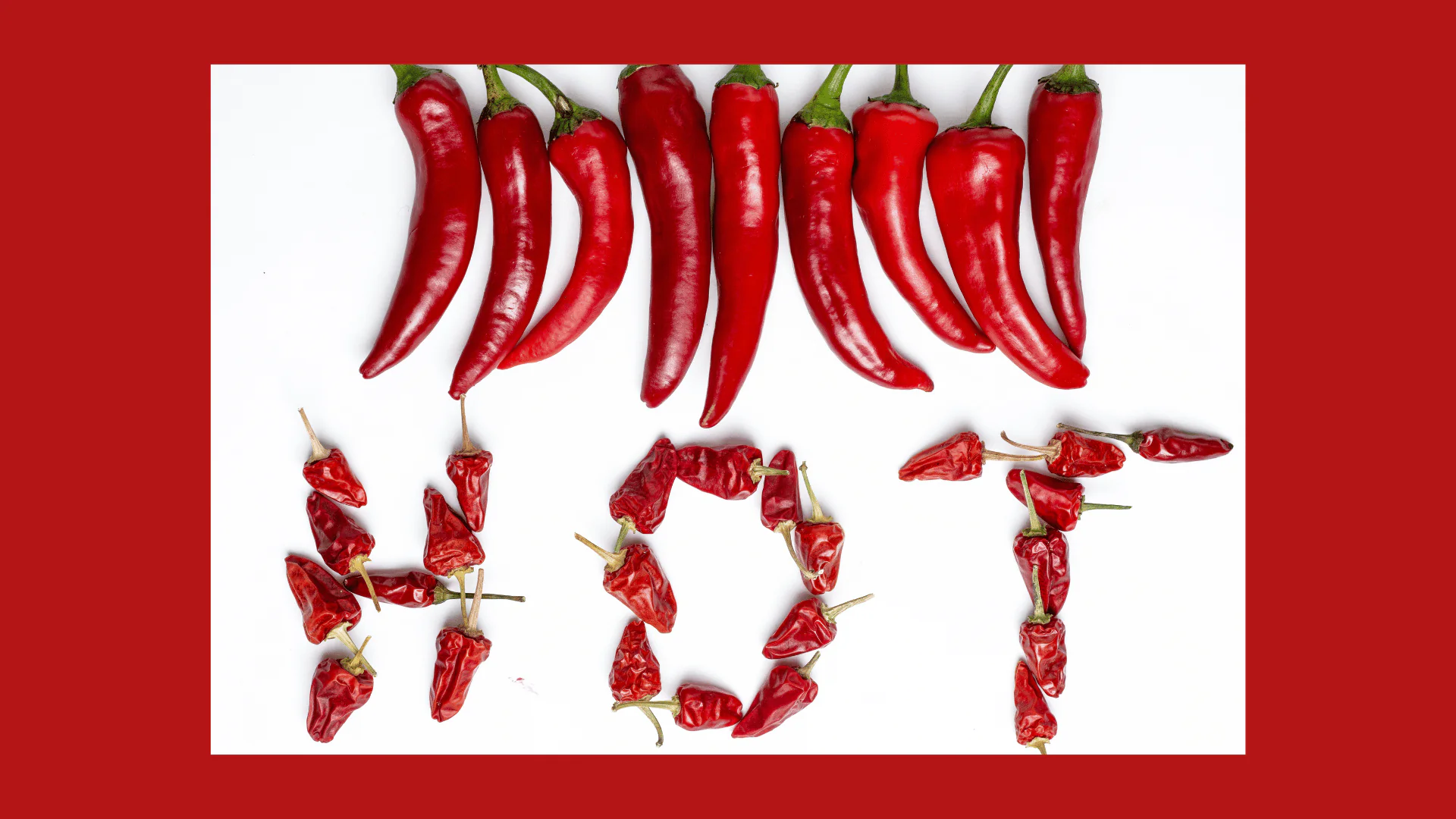







Good post. I learn something new and challenging on blogs I stumbleupon on a daily basis. Its always exciting to read content from other authors and use a little something from other web sites.